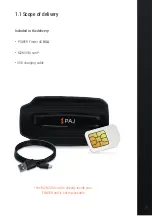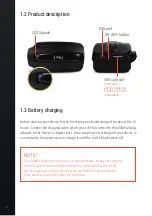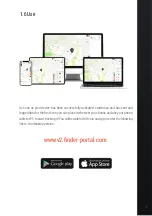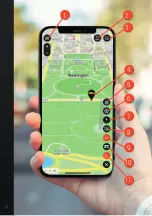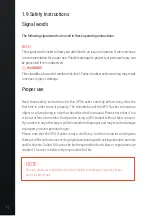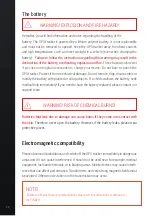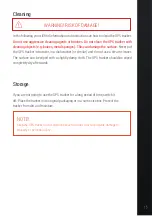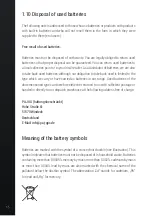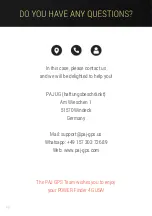
1.11 Disposal of electrical devices
The Electrical and Electronic Equipment Act (ElektroG) contains a large number of requirements
for the handling of electrical and electronic equipment. The most important ones are summarised
here.
1. Separate collection of WEEE:
Waste Electrical and Electronic Equipment that has become waste is referred to as WEEE. Owners
of WEEE must dispose of it separately from unsorted local waste. In particular, WEEE does not
belong in household waste, but in special collection and return systems.
2. Batteries and accumulators:
As a rule, owners of WEEE must separate spent batteries and accumulators that are not enclosed
in the WEEE before handing them over at a collection point. This does not apply if the WEEE is
handed over to public waste management authorities and separated from other WEEE there for
the purpose of preparation for reuse.
3. Options for returning old appliances (WEEE):
Owners of WEEE from private households can hand it in to public waste management authorities
or at the collection points set up by manufacturers or distributors as defined by the ElektroG.
An online directory of collection and collection points can be found here:
https://www.ear-system.de/ear-verzeichnis/sammel-und-ruecknahmestellen.jsf
4. Data Protection:
Old equipment often contains sensitive personal data. This applies in particular to information
and telecommunication technology devices such as computers and smartphones. For your own
sake, please note that each end-user is responsible for deleting the data on the old equipment to
be disposed of.
5. Meaning of the „crossed-out dustbin“ symbol:
The symbol of a crossed-out dustbin regularly displayed on electrical and electronic
equipment indicates that the respective device must be separated from unsorted local
waste at the end of its service life.
6. Manufacturer registration number
As a manufacturer, within the meaning of the ElektroG, we are registered with the responsible
foundation Elektro-Altgeräte Register (Benno-Strauß-Str. 1, 90763 Fürth) under the following
registration number:
DE33887550.

